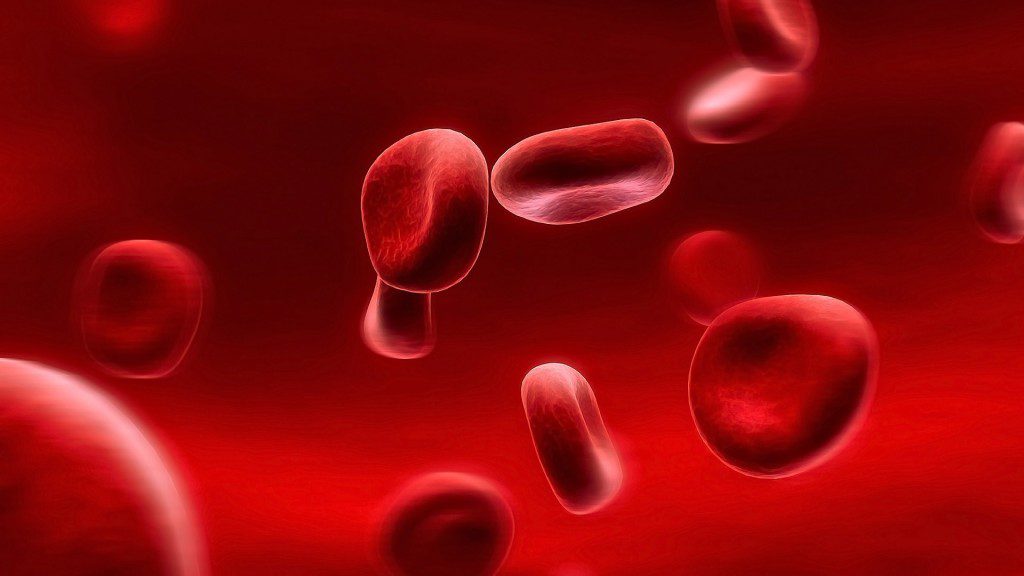Rhinoplasty: Essentials (II)
Common Terms and Meanings
Rhinoplasty; Rhino means nose, plasty means formation. Rhinoplasty is the nose aesthetic procedure.
Septorhinoplasty: A combined surgical procedure to repair defects or deformities of both the nasal septum and the external nasal pyramid. It is for aesthetic purpose and breathing.
Septoplasty: In order to cure breathing problems, it is a corrective surgical procedure performed to straighten a deviated nasal septum which narrows cavity and impedes airflow.
Revision Rhinoplasty: It is performed to alter the form and/or function of the nose after a previous rhinoplasty. It is known “secondary” or “corrective” rhinoplasty as well. This surgery should be performed at the end of 1 year following the final outcome of the first surgery.
Deviation: It means curvature, physical disorder. Septum deviation is an abnormal condition in which the top of the cartilaginous ridge leans to the left or right. The deviation from top to bottom is shaped like “C” and “S”, and can be mild or severe. Traumatic septum deviation which causes significant nasal deformation and difficulty breathing due to blow/knock, is generally shaped like “S”, and severe.
Nasal Tip: It means nasal tip. It is formed by cartilage and soft tissues. It can be flat, broad, distinct, pointy, asymmetric and/or droopy. It usually occurs due to deficiency and insufficiency of surgical interventions performed to the nasal tip.
Nasal Dorsum: It is called the bridge of the nose. It is one of the most important and apparent aesthetic structure of the nose, which forms upper contour and profile of the nose, and should be flat and in the nasal midline aesthetically. It is formed by the nasal bones from the forehead-nose and is continued by septum cartilage. Roman nose, bony nose, curved nose, broad nose, aquiline nose, flat nose and traumatic nose are generally aesthetic problems related to this area.
Septum: It is the cartilage structure of the nose which separates the left and right airways in the nose, dividing two nostrils, starting from the nasal tip and middle of the nostrils (columella) and continuing by ossifying and ending with other head bones. It is generally causes breathing problems due to deviated septum (to the right or left). These are called deviation. The corrective surgical procedure performed to straighten a deviated nasal septum is Septoplasty, The surgical procedure to correct a deviated nasal septum by removing bone is SMR, and the combined procedures performed with rhinoplasty is Septorhinoplasty.
Concha and Hypertrophy: It is located in either side of the nasal cavity, and is spongy and well-blooded, and filters, heats, and moisturizes the inhaled air to the lungs. It is different structure from adenoid and septum. The growth of the concha is called concha hypertrophy. The breathing problems can be reduced by burning and removing concha (electrocoagulation), by reducing concha with high energy (radiofrequency), and/or by removing concha surgically. It typically grows reactively on the opposite side of the nasal bone which is facture or exposed to trauma. This means that it can be recurrent after rhinoplasty surgery.
Droopy Nose: It is the displacement of the nasal tip and dorsum downwards. It is the reshaping of the nasal tip and nasal dorsum with the purpose of adapting (with the domino effect) to the other nasal structures following the edema dispersion due to the surgery. In fact, the nose is not droopy, it recovers. All nasal structures are reshaped/reformed in 6-8 months according to the road map depending on the surgical procedure. The size, period and place of this shaping is determined by surgery performed. The nose is not droopy, although it causes undesired deformity, it recovers.
Open/Closed Rhinoplasty: It is the preferred route of entry in order to perform rhinoplasty. In the closed rhinoplasty technique, although it is asserted that it causes less edema (swelling) and the recovery period is shorter, the quicker and safer surgeries with high difficulty level can be performed by 2-3mm-incision made in the midline (columella) of the nostrils. Open technique is an elite approach which gives comfort and possibility to the surgeon in order to perform all abilities and requirements (especially in the secondary/revision surgeries) without increasing the duration of the period and causing a significant scar. With the developed and timesaving new techniques, open technique is preferred rather than closed technique in the world and our country. According to the patient and surgical requirements, the surgeons are required to perform both techniques when necessary.
Nasal Reconstruction: It is the repair of tissue defects caused by trauma, infection, wound, burn, cancer related to the nasal skin, subcutaneous tissues (cartilage, mucosa, bone) with the tissues removed from regional and other areas.





